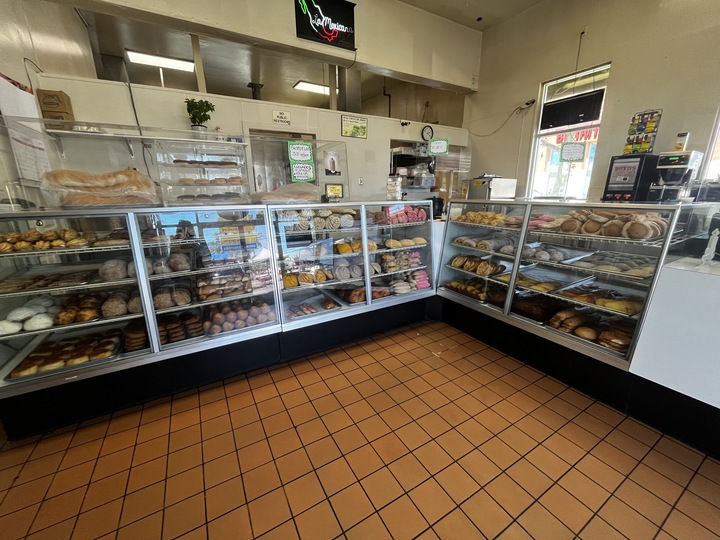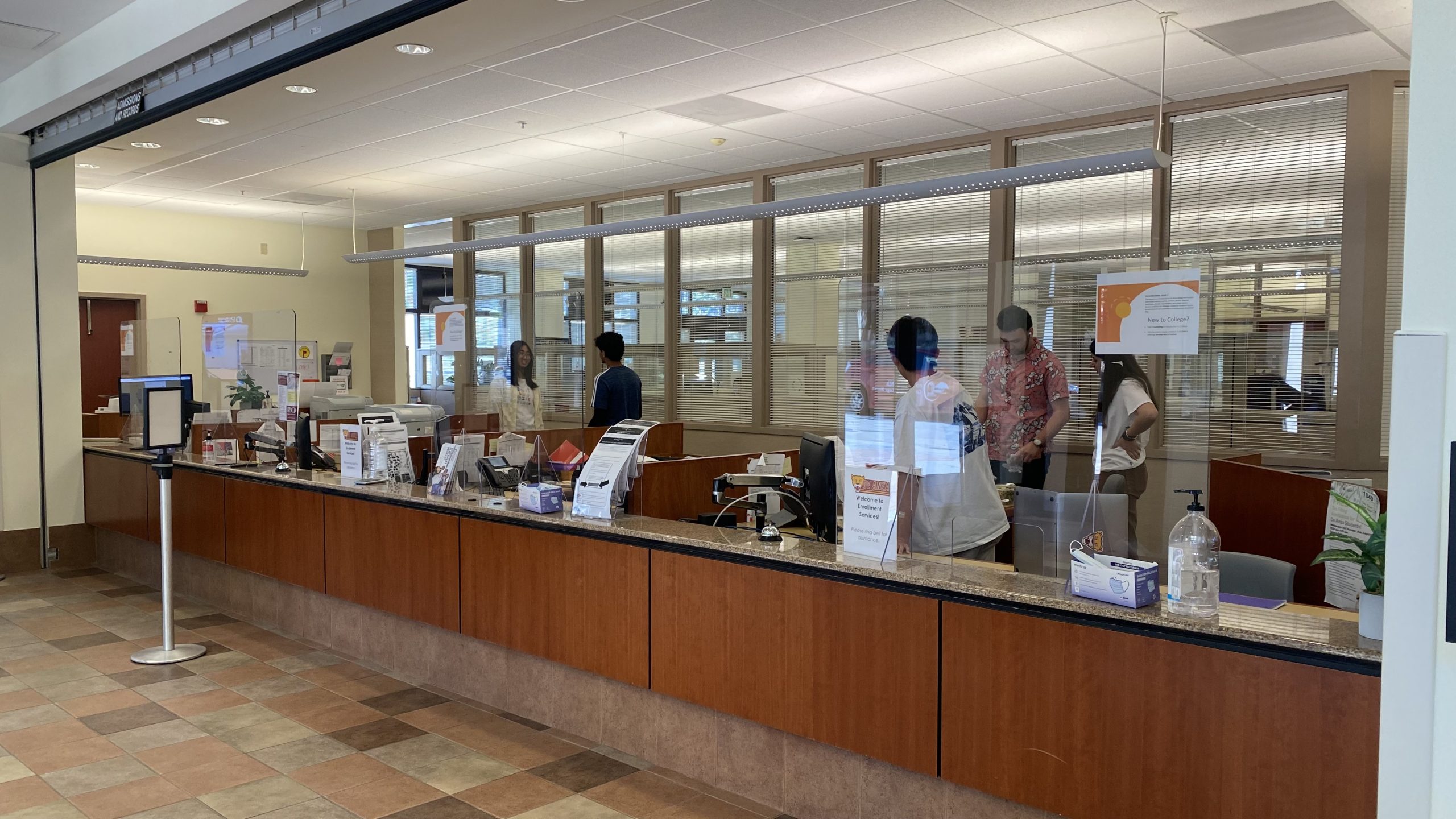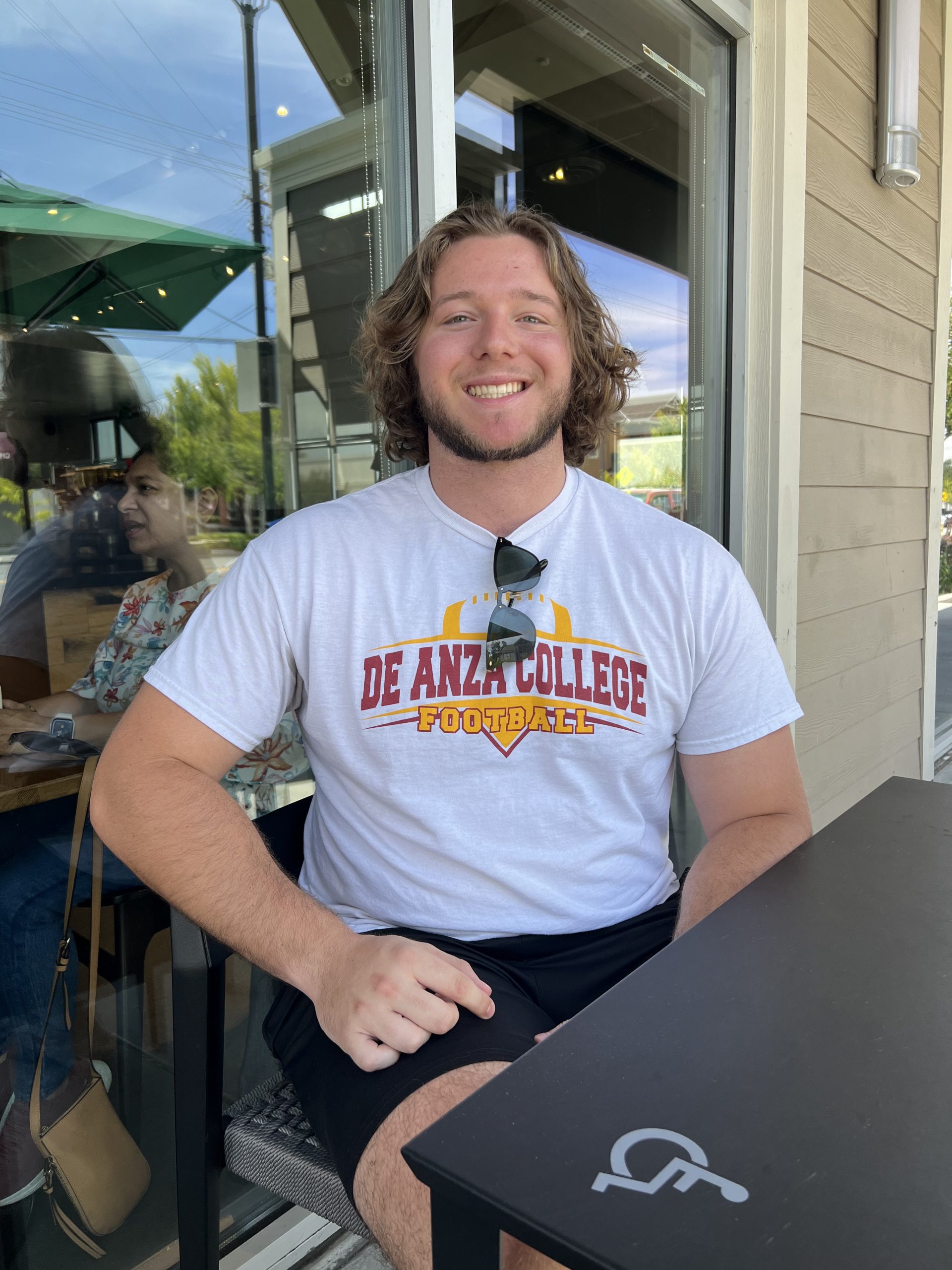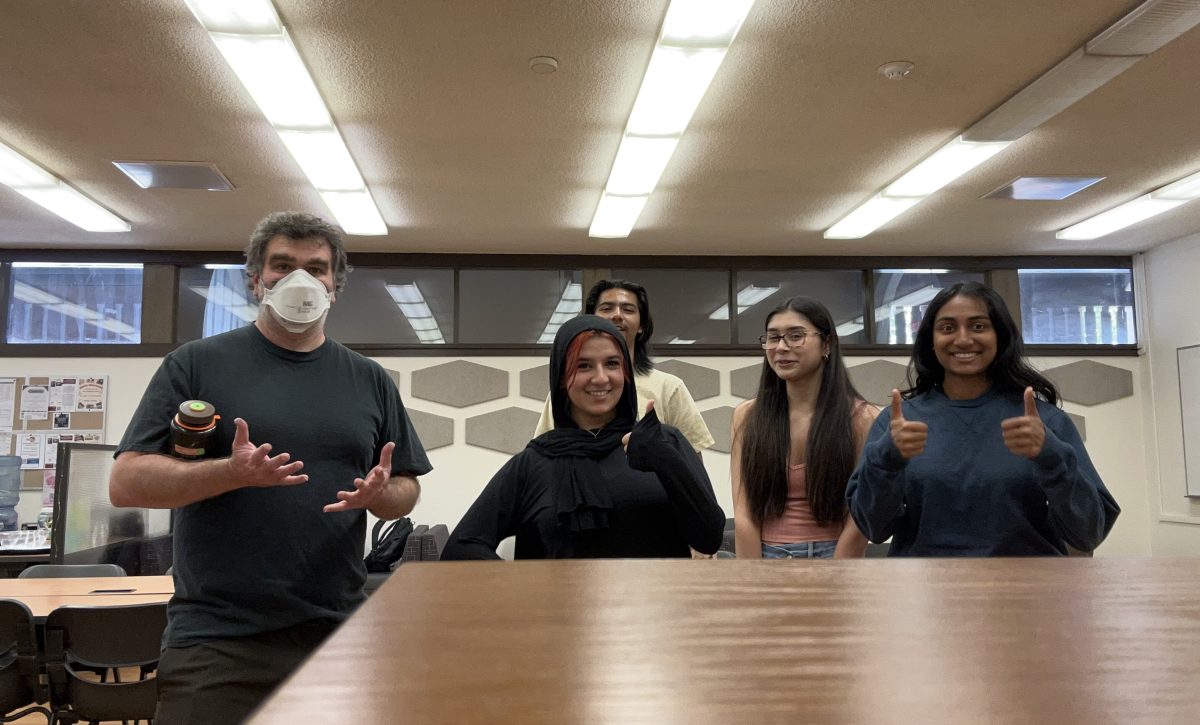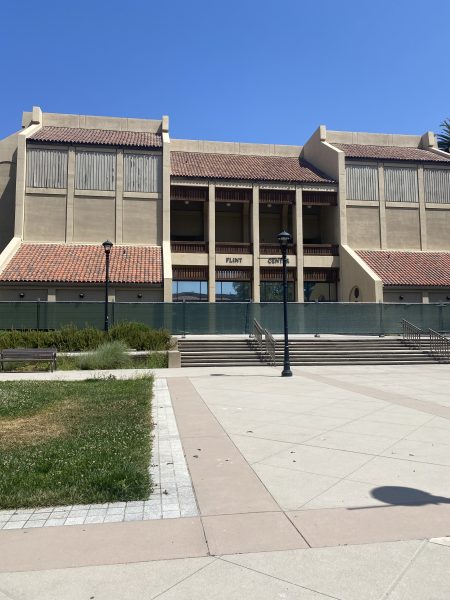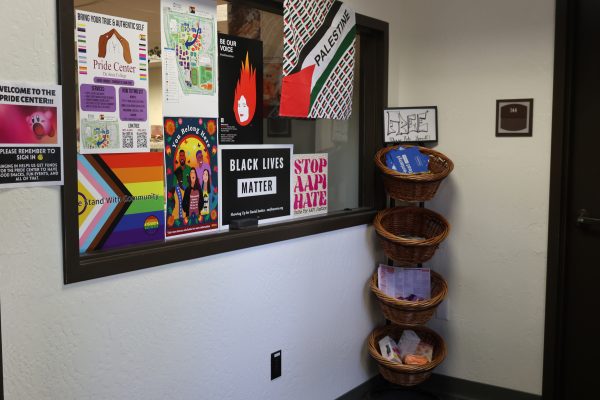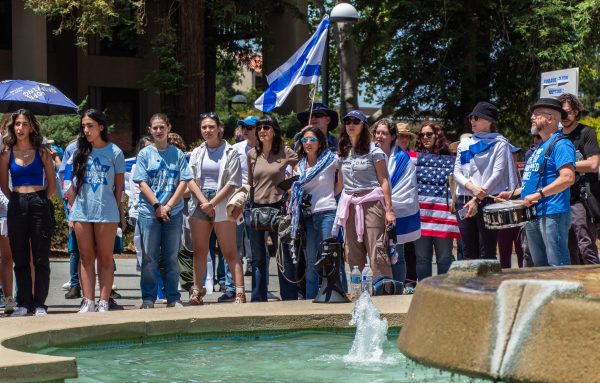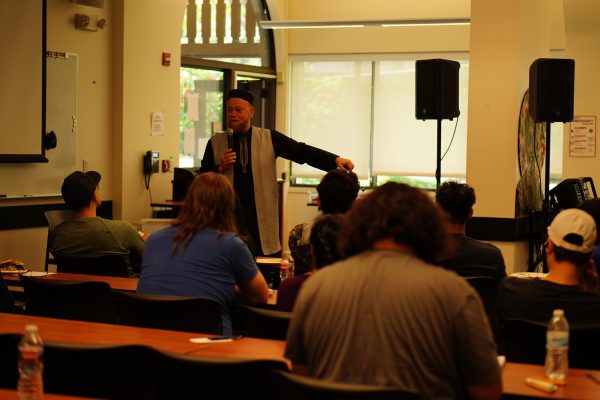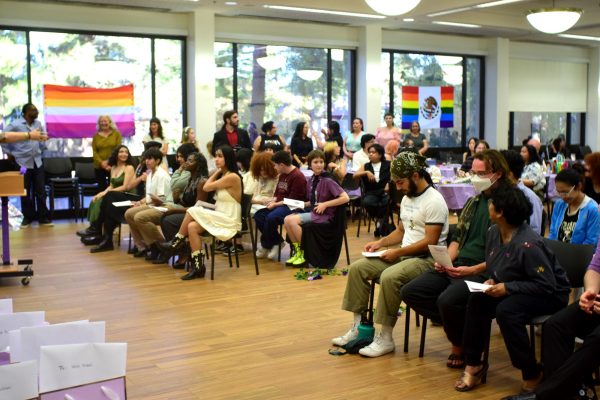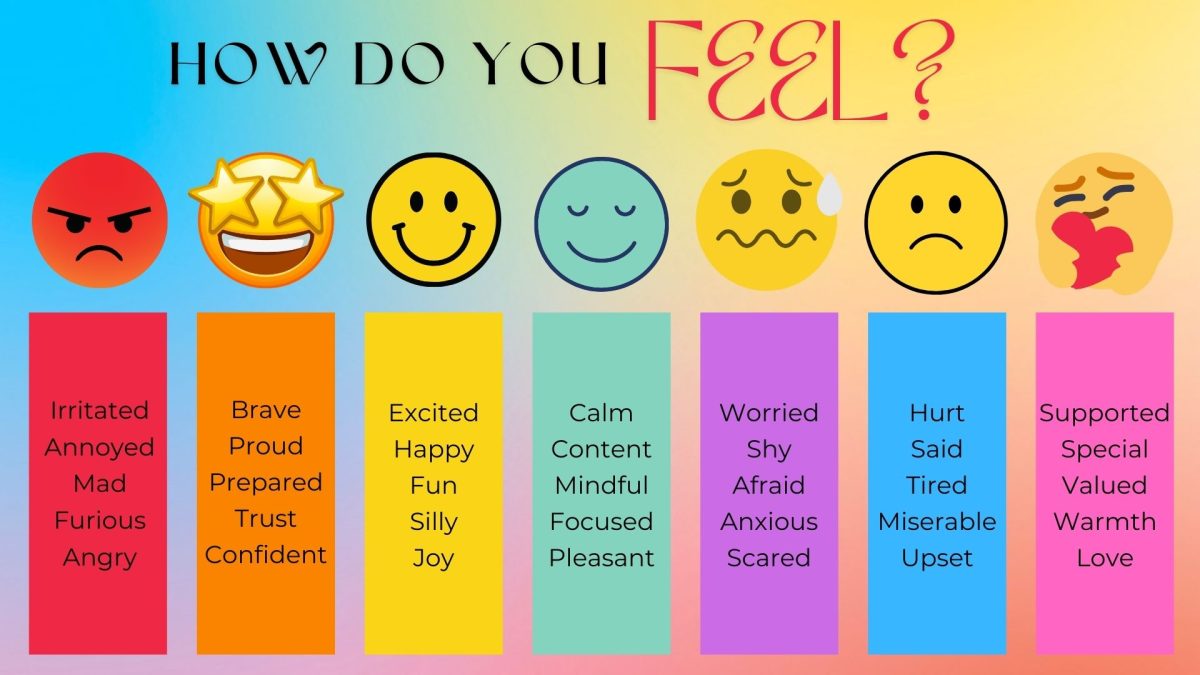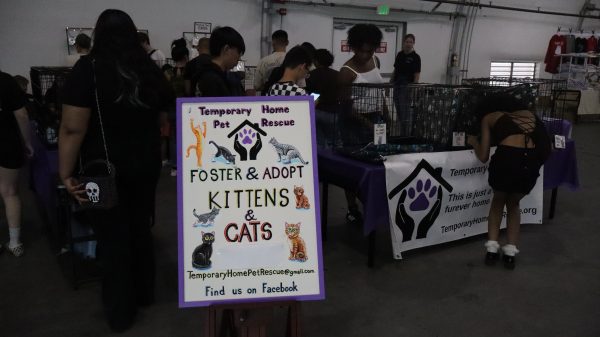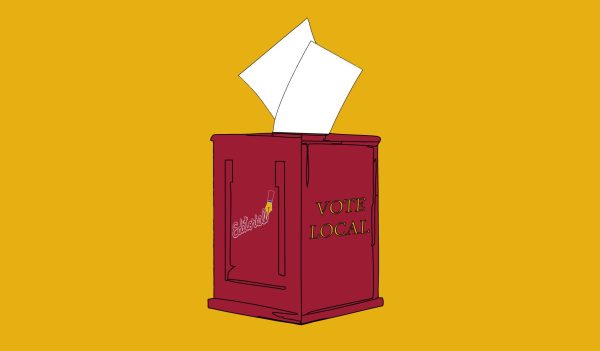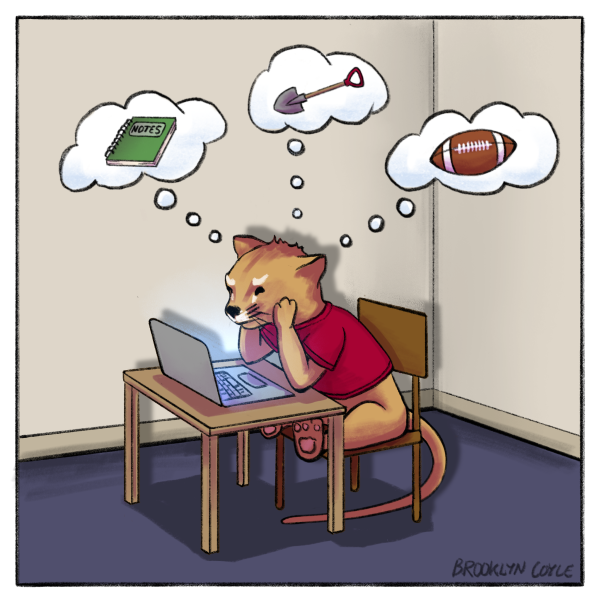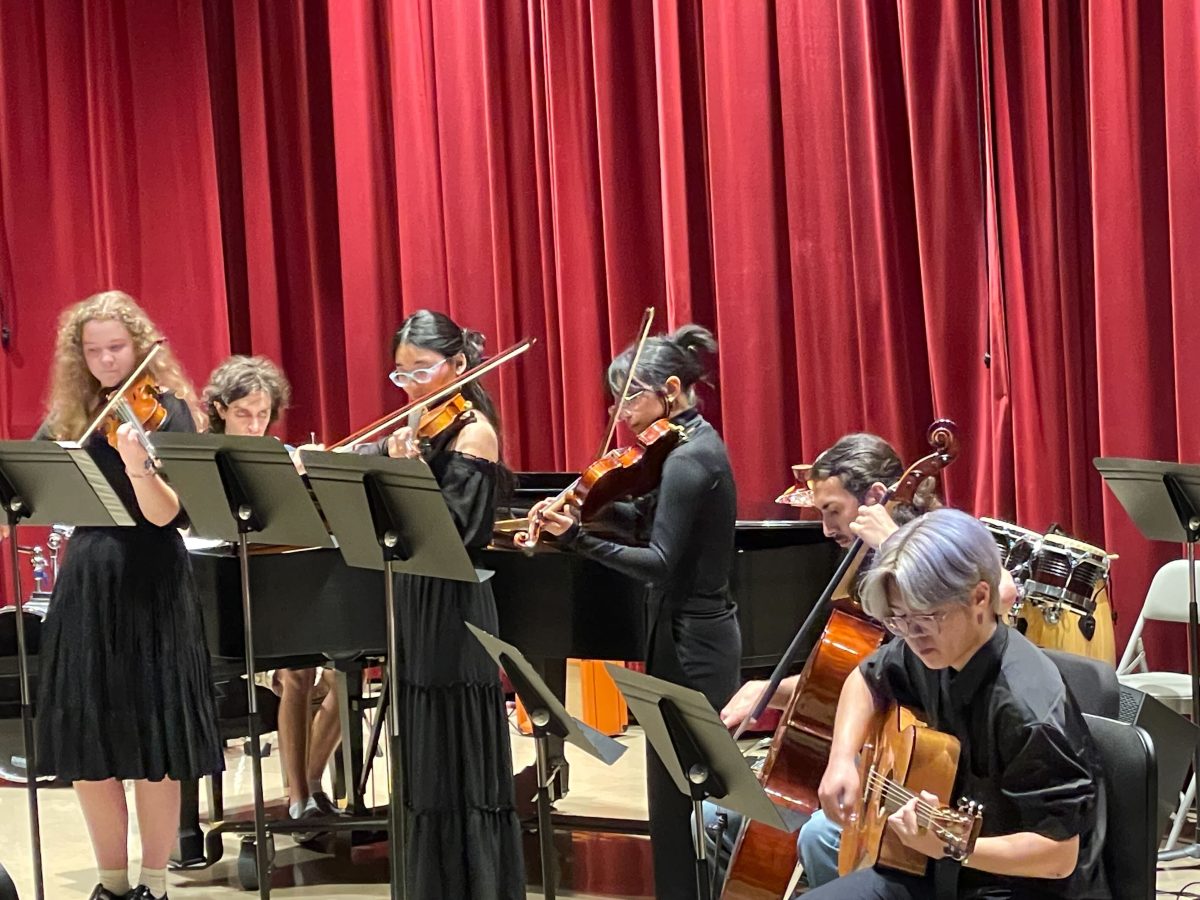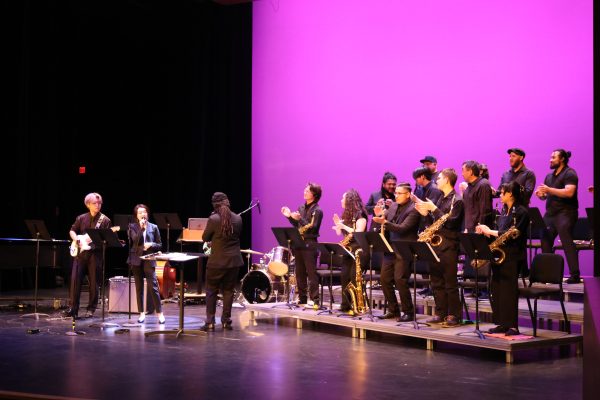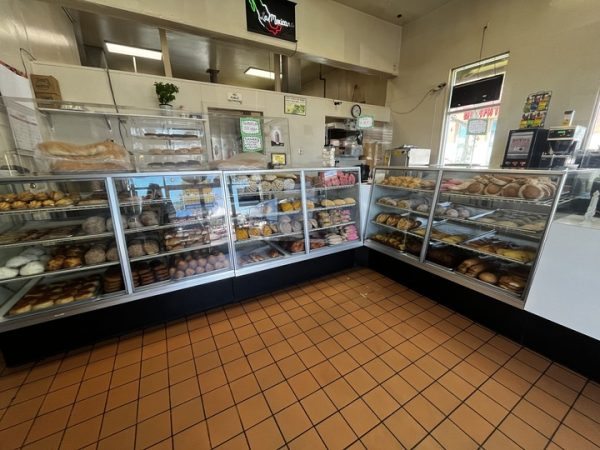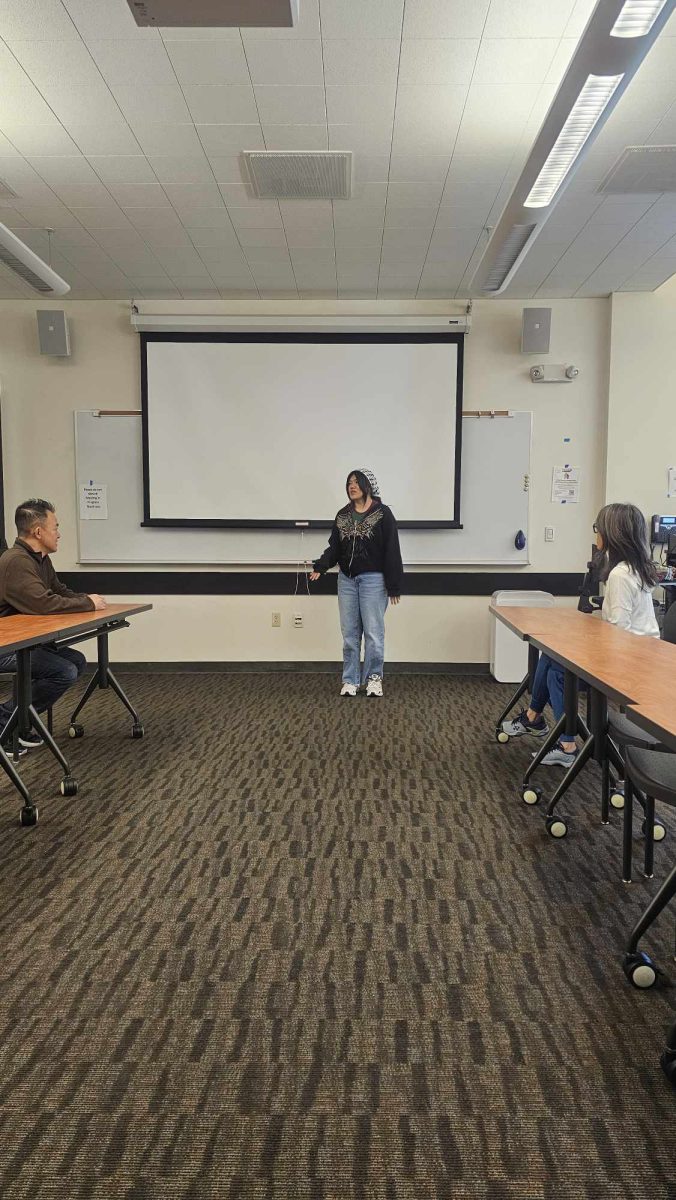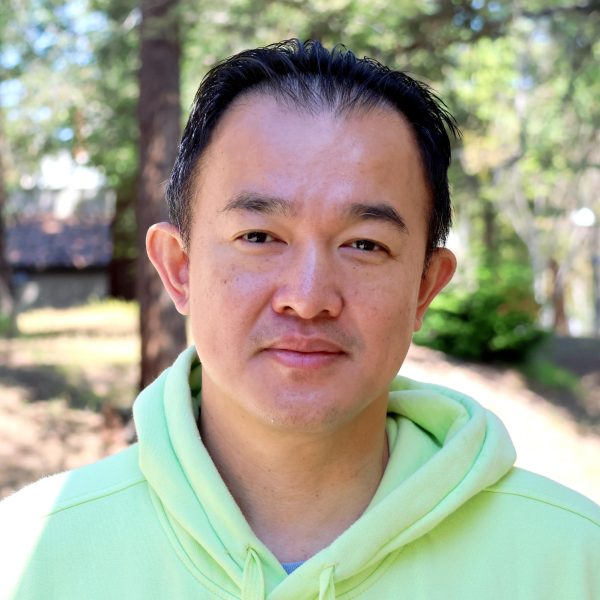Jaime Dy, 21, an intern for the Asian American and Asian Studies department and the Vibrant Communities program, screened the film “Not Your Model Minority” in the Multicultural Center on Feb. 22.
Dy said that the film, produced by award-winning director Jon Osaki, brings into focus a long and misleading history of Asian Americans being portrayed as a “model minority.”
The movie segment’s aim is to teach De Anza students and movie viewers about the Asian American journey throughout U.S. history.
The documentary showcased how Asians came to the U.S. in different ethnic group waves throughout history and each have faced various struggles and challenges when it comes to living up to the “model minority” myth, the belief that Asians are monolithically smarter and can achieve “the American dream;” the myth is often used to discredit other minorities’ struggles.
The Los Angeles Times reported that before the bombing of Pearl Harbor, Japanese Americans were a thriving Asian ethnic group that built their own schools, temples and churches, markets and restaurants in Los Angeles, California.
These Japanese Americans were the first prototypes of the “model minority” myth but the consequences of the Pearl Harbor incident and World War II stunted their economic growth; because of this, Japanese Americans had lower wages post-war compared to their non-Japanese counterparts.
Unlike their Japanese counterparts, Chinese workers were brought to America as cheap labor and took on railroad work, agricultural jobs and garment factory work.
This hostility and resentment towards Chinese workers over job competition in America eventually led to the Chinese Exclusion Act in 1882, which banned all Chinese immigration into the United States; it wasn’t until World War II took place that the U.S. and China became allies, which led to the repeal of the Chinese Exclusion Act in 1942.
The seeds of the model minority myth originated from situations such as this when the only way an Asian ethnic group could get better treatment from the American public was to sabotage another Asian American group.
America’s attitude towards Chinese people started to change because of their contributions to the war effort, such as military enlistment support and the boycotting of Japanese goods, as well as America’s heightened racist attitude towards Japanese people. To maintain this good will, Chinese Americans had to distinguish themselves from Japanese people and proved their loyalty to America by adopting anti-Japanese slogans and racial adjectives.
“The (model minority) stereotype was built out of the work Chinese and Japanese communities did to protect themselves from the institutional racism they had experienced before,” Dy said.
The Asian American community finally caught a break when the Immigration and Nationality Act was established in 1952 to eliminate national origin, race and ancestry as a basis for immigration making discrimination against certain ethnicities in the visa process illegal.
Helen Zia, an author and activist in the “Not Your Model Minority” film, said Asian immigrants coming to the U.S. needed to have money and a certain level of education, which brought Asian foreign college graduates and professional elites to America.
These skilled workers coming to America open up doors and opportunities that were not available to their former countrymen and women.
Michael Ishii, a Japanese American social justice advocate in the film, said these elite Asians were given “model minority” privileges to certain U.S. institutions and it was eventually used to critique other communities of color.
Affirmative action was a program established on March 6, 1961 to improve employment as well as educational opportunities for minority groups.
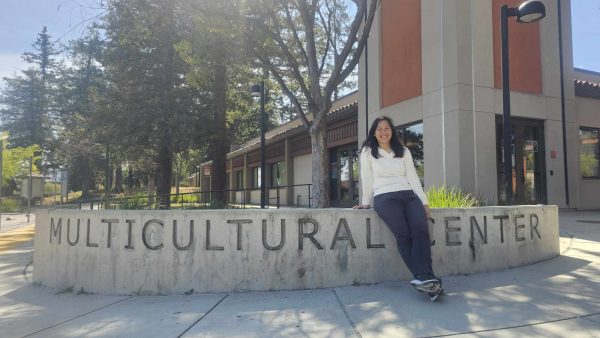
Debbie Lee, dean of Intercultural and International Studies, said she believes that colleges still need affirmative action.
“The playing field is not level for all, and it (affirmative action) is a way to address some of the systemic racism that people of color have faced since the college admissions system favors white and wealthier students,” Lee said. “More AP courses are offered at high schools in wealthier and whiter communities. The dual enrollment courses offered by community colleges at high school tend to have more white and wealthier student enrollment.”
Affirmative action was created to promote diversity in college and universities but it ended up driving a wedge between the Asian American community and other communities of color.
Dy orchestrated this “Not Your Model Minority” film segment because she wanted to honor both Asian American history and Black history by touching on their civil rights movements and the history of Asian and Black solidarity in the U.S.
“Many Asians may validate this stereotype while not knowing how it is a harmful stereotype. It is very pervasive and needs to be debunked,” Dy said.
Another Asian ethnic group began to enter the “model minority” fray towards the end of the twentieth century but on a slightly disadvantaged scale.
After the liberation of Saigon in 1975 that marked the end of the Vietnam War, a wave of Vietnamese refugees came to America.
Zia said these refugees were taken from poor, southeast Asian villages and dropped into impoverished areas in the U.S. without much support from the government. At the same time they were expected to live up to the standard of being a “model minority”.
Lee said she believes that the “model minority” term has negatively impacted Asian Americans.
“The ‘model minority’ term was used to change the narrative for Asian Americans, who were viewed as ‘heathens’ and ‘unassimilable,’” Lee said. “The term also lumped all Asian Americans into a monolithic category, not recognizing the differences in different Asian American groups.”
Vivian Bejarin, an English and language arts instructor, De Anza transfer alumni and student of Filipino American descent, said watching the documentary brought her back to her student college days.
“I felt like I received an updated version of how and why the ‘model minority’ stereotype has evolved historically and is still a prevalent barrier that divides and separates communities, especially during and after the pandemic,” Bejarin said.
“The model minority stereotype enforces white supremacy and Asian complicity in the system,” Dy said. “This may seem to help Asians, however in the long run, this hurts a future of racial solidarity and liberation, and generally hurts other communities.”



